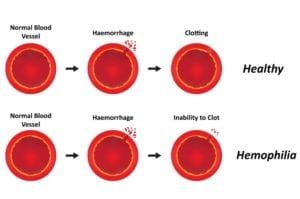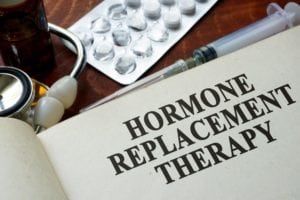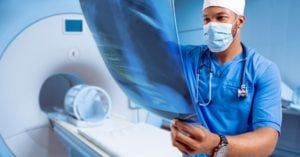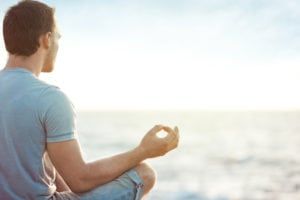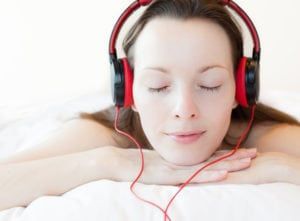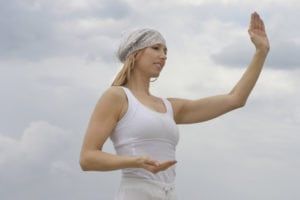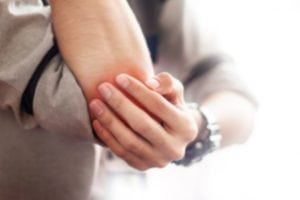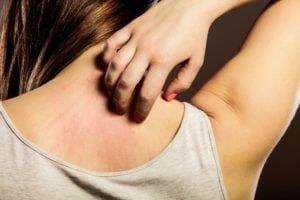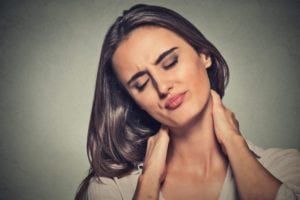PSG (Polysomnography)
A polysomnography (PSG) is a test that doctors use to evaluate a patient’s sleep patterns and diagnose sleep disorders. Also known as a ‘sleep study’, PSG measures vital signs, brain waves, and body movements while patients sleep. Doctors often recommend polysomnography to patients who show signs of sleep apnea, restless legs syndrome, narcolepsy, sleep walking, or insomnia.
Usually patients visit a sleep center or hospital for a PSG test at the time they would normally go to sleep. Sensors are placed throughout the body with wires long enough to facilitate comfortable sleep positions and movement. The room will be private and comfortable to help you fall asleep easier. Technologists watch you, listen to you, and monitor your biological activity during sleep. Your doctor uses this information to make a diagnosis and develop a recommendation for treatment.
CPAP Titration
CPAP titration is a sleep study often necessary prior to prescribing a continuous positive airway pressure mask to patients with sleep apnea. This test is necessary to determine the amount of air pressure necessary to maintain open airways during sleep. During CPAP titration, you sleep in a sleep lab wearing a CPAP mask while technicians monitor your oxygen levels, snoring, and whether your airways are staying open. CPAP titration may be performed during the second half of a PSG test, or it may be administered on a separate night.
MSLT
MSLT, or multiple sleep latency testing, is a sleep study used to determine the amount of time it takes a person to fall asleep. It is often performed after undergoing a PSG. During an MSLT, you will enter the sleep lab to take 20-minute naps at 2-hour intervals throughout the day. A technician monitors your vital signs, movements, and REM sleep during the nap. Doctors often use MSLT to confirm a diagnosis of excessive daytime sleepiness, such as in narcolepsy or idiopathic hypersomnia.
MWT
MWT is the Maintenance of Wakefulness Test, which is used to determine how easily a patient stays awake in a sleep-inducing environment. Patients sit in a dark, non-stimulating room with no light source other than a nightlight. The goal is to stay in the room still for a specific period of time without falling asleep. This process is repeated a few times throughout the day to help doctors determine a patient’s level of daytime sleepiness.
HST
An HST, or home sleep study, is a PSG performed from the comfort of a patient’s home for the purpose of confirming a diagnosis of obstructive sleep apnea. Doctors may use HST because it is more comfortable and convenient for the patient. If you undergo an HST, you will receive equipment from your doctor that monitors vital signs, breathing and blood oxygen levels during sleep. This information will be provided to your doctor, who will use the data to make a diagnosis or request additional screening.
Dental Sleep Medicine
Dental sleep medicine is used to manage abnormal breathing patterns during sleep. Disorders like frequent snoring or obstructive sleep apnea are treated using oral appliances designed to keep the airways open and prevent muscle relaxation during sleep. Dental sleep medicine devices are worn like a retainer or mouth guard during sleep only and work by immobilizing the tongue or holding the jaw forward.

































































































































































































































































































